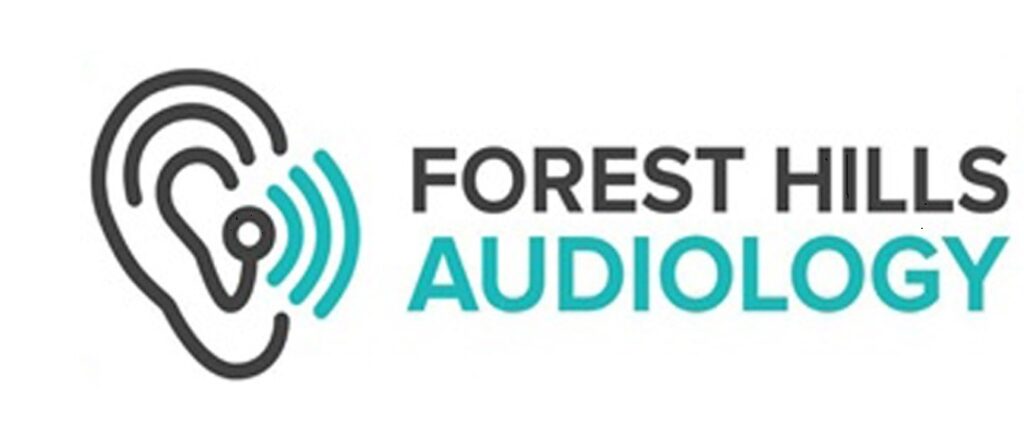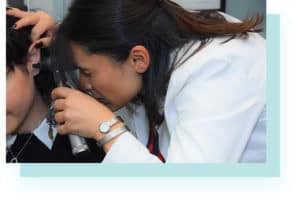Earwax, also known as cerumen, is a naturally occurring substance that helps protect and lubricate the ear canal. However, excessive buildup of earwax can cause blockage or impaction in the ear canal, leading to a variety of symptoms such as decreased hearing, tinnitus (ringing in the ear), and ear pain. Earwax blockage is a common problem that affects people of all ages, but it is more common in older adults and those who use hearing aids or earplugs frequently.
Causes of Earwax Blockage
Earwax blockage occurs when the natural process of earwax removal is disrupted, leading to an accumulation of wax in the ear canal. There are several reasons why this may occur:
- Overproduction of earwax
Some people naturally produce more earwax than others. This can be due to factors such as genetics, age, or certain medical conditions. When too much earwax is produced, it can accumulate in the ear canal and lead to blockage.
- Improper cleaning
Many people use cotton swabs or other objects to clean their ears, but this can actually push the earwax deeper into the ear canal. This can cause the wax to become impacted and lead to blockage.
- Narrow ear canal
Some people are born with a naturally narrow ear canal, which can make it difficult for earwax to exit. This can lead to an accumulation of wax and eventual blockage.
- Earplugs or hearing aids
The use of earplugs or hearing aids can also contribute to earwax blockage. This is because these devices can push the wax deeper into the ear canal, where it can become impacted and lead to blockage.
Diagnosis of Earwax Blockage
To diagnose earwax blockage, a healthcare professional will typically perform a physical examination of the ear canal using an otoscope, a specialized instrument that allows them to visualize the ear canal and eardrum. The healthcare professional will look for signs of earwax buildup, such as a visible blockage or a dark or yellowish coloration of the earwax.
In some cases, the healthcare professional may also perform a hearing test to determine the extent of any hearing loss caused by the blockage. This may involve wearing headphones and listening to a series of sounds at different frequencies and volumes. The audiologist will record your responses to determine your level of hearing loss. If the test indicates that there is hearing loss, the doctor will check for earwax blockage as a possible cause.
In addition to the physical examination and hearing test, the healthcare professional may also ask about the patient’s symptoms and medical history. They may inquire about any previous ear infections or surgeries, use of hearing aids or earplugs, and recent exposure to loud noises or other potential causes of ear damage. This information can help determine the underlying cause of the earwax blockage and develop an appropriate treatment plan.
Treatment of Earwax Blockage
The first step in treating earwax blockage is to identify the severity of the condition. If the earwax is only causing minor discomfort, a healthcare professional may recommend simple measures such as using ear drops to soften the wax or using warm water to irrigate the ear canal at home. However, if the blockage is more severe, it may be necessary to seek professional help.
There are several methods of cerumen removal that healthcare professionals can use, including:
- Irrigation. This involves flushing the ear canal with warm water to soften and remove the earwax. The water is typically delivered through a special device called an ear syringe or bulb syringe.
- Suction. This technique involves using a small vacuum-like instrument to remove earwax in a painless procedure that typically takes only a few minutes.
- Manual removal. This involves using specialized instruments, such as forceps or a curette, to manually remove the earwax. This method is typically reserved for cases of severe blockage or when other methods have failed.
Each method of cerumen removal has its risks and benefits, and a healthcare professional will determine the best method for each case. After the procedure, it is important to keep the ear clean and dry to prevent further blockages.
Improper earwax removal can lead to a range of potential risks and complications, including damage to the ear canal or eardrum, infection, and worsening of symptoms. Using objects such as cotton swabs or hairpins to remove earwax can push the wax deeper into the ear canal, causing a blockage that is more difficult to remove. Additionally, these objects can scratch or damage the delicate skin of the ear canal, increasing the risk of infection or inflammation. It is always recommended to seek professional medical attention for cerumen removal, as healthcare professionals have the training and specialized tools necessary to safely and effectively remove earwax without causing harm to the ear.
If symptoms of earwax blockage persist or worsen despite attempts at-home treatment or over-the-counter remedies, it is important to seek medical attention. Untreated earwax blockage can lead to complications such as infection, hearing loss, or damage to the ear canal or eardrum. A healthcare professional can perform a thorough evaluation and determine the best course of treatment, which may include the removal of impacted cerumen and/or management of any underlying conditions that may be contributing to the blockage.
At Forest Hills Audiology, we provide comprehensive ear care services, including earwax removal and management of ear-related conditions. Our certified audiologists use the latest techniques and specialized tools to safely and effectively remove earwax without causing harm to the ear. If you are experiencing symptoms of earwax blockage or have concerns about your ear health, we encourage you to schedule an appointment with us to receive personalized care and treatment.


